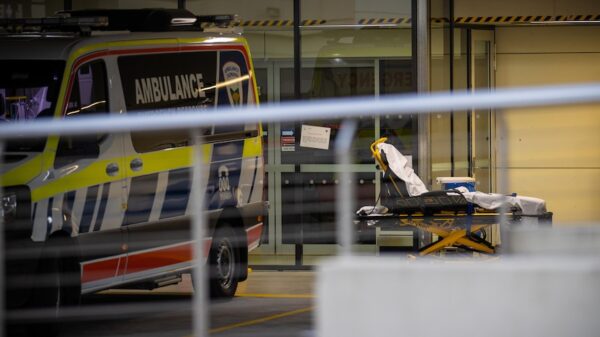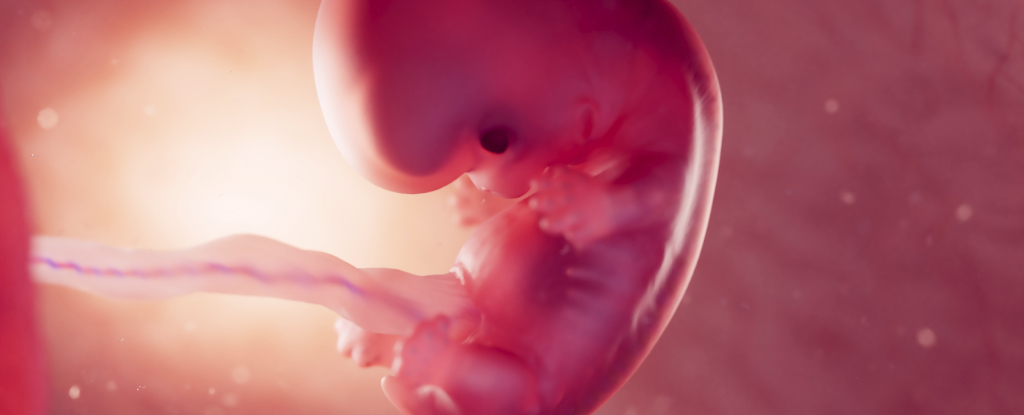Research is revealing alarming insights into the potential impacts of microplastics on fetal health. A systematic review published in 2023 indicates that these tiny plastic particles, measuring less than five millimetres, may have the ability to cross the placental barrier from the mother’s bloodstream to the fetus. This discovery raises significant concerns regarding the development of the fetus during pregnancy and the long-term health ramifications for future generations.
The degradation of plastic waste leads to the formation of microplastics and nanoplastics, particles that are less than 100 nanometres in size. These fragments originate from everyday plastic products, including polyethylene from bags and bottles, polypropylene from food containers, and polystyrene from takeaway packaging. A review conducted in 2025 examined studies involving animals, lab-grown cells, and human tissue samples, concluding that both microplastics and nanoplastics can penetrate the placental barrier.
Once within the placenta, these particles may disrupt the delicate functions of the fetoplacental unit, which includes both the placenta and the fetus. Research suggests that microplastics can hinder cellular communication pathways, induce programmed cell death, and cause oxidative stress—an imbalance where harmful oxygen-containing molecules accumulate faster than the body can neutralize them. Furthermore, certain plastics may interfere with the endocrine system, which is vital for hormone regulation necessary for growth and development.
The placental barrier typically serves as a selective filter, protecting the developing fetus from harmful substances while allowing essential nutrients and oxygen to pass through. The ability of microplastics to bypass this defense mechanism poses significant risks, potentially affecting organ formation and long-term health during a crucial developmental stage.
Understanding how microplastics cross into the placenta remains a complex issue. Factors such as particle size, weight, and surface charge influence this process, along with the biological environment. Experiments have shown that larger polystyrene particles do not damage placental cells and may even enhance their survival. In contrast, smaller particles have been found to cause cell death and inhibit growth.
Animal studies present mixed results regarding the movement of nanoplastics. While some studies indicate that most nanoplastics remain in the placenta with only a small quantity reaching the fetus, others demonstrate that these particles can migrate into fetal organs, including the brain, lungs, liver, kidneys, and heart. Even when fetal organs appear normal, researchers have noted smaller placentas and lower birth weights, which can negatively impact a baby’s health.
Fetal development is a highly regulated process that is particularly susceptible to environmental influences during critical developmental windows. According to the “developmental origins of health and disease” hypothesis, adverse conditions in the womb can permanently alter the formation and function of a baby’s organs. This means that harmful exposures during pregnancy, such as pollutants like microplastics, can increase the risk of chronic health conditions later in life, including diabetes and cardiovascular diseases.
Microplastics can also disrupt the gut microbiome, damage the intestinal lining, and interfere with nutrient absorption. Laboratory research has shown that polystyrene nanoparticles can enter embryos, accumulate in various organs, and induce effects like reduced heart rate and activity, even at low doses. When inhaled by the mother, these particles may reach the placenta and, subsequently, the fetal brain and heart.
Concerns are particularly pronounced regarding the developing brain. Some studies suggest that microplastics can accumulate in regions essential for learning and memory, leading to oxidative damage and altered neurotransmitter levels. Prenatal exposure in animal models has been linked to anxiety-like behaviors, impaired learning, and abnormal nerve cell growth.
Despite these troubling findings, significant gaps in knowledge remain. Much of the research has been conducted in animal models or controlled laboratory environments, with limited direct evidence from pregnant women. Key questions about the accumulation of microplastics in the placenta and fetus, as well as their clearance mechanisms, still require further investigation.
The urgency for more comprehensive research is clear. Gaining a better understanding of whether microplastics pose a genuine threat to reproductive health and fetal development could inform policies regarding plastic production, consumption, and disposal. It may also shape health advice provided to women during pregnancy.
This insight comes from the work of Priya Bhide, Clinical Reader at the Women’s Health Research Unit at the Centre for Public Health and Policy, and Nelima Hossain, Academic Trainee in Public Health at Queen Mary University of London. Their research underscores the need for continued exploration in this critical area of public health.


































































